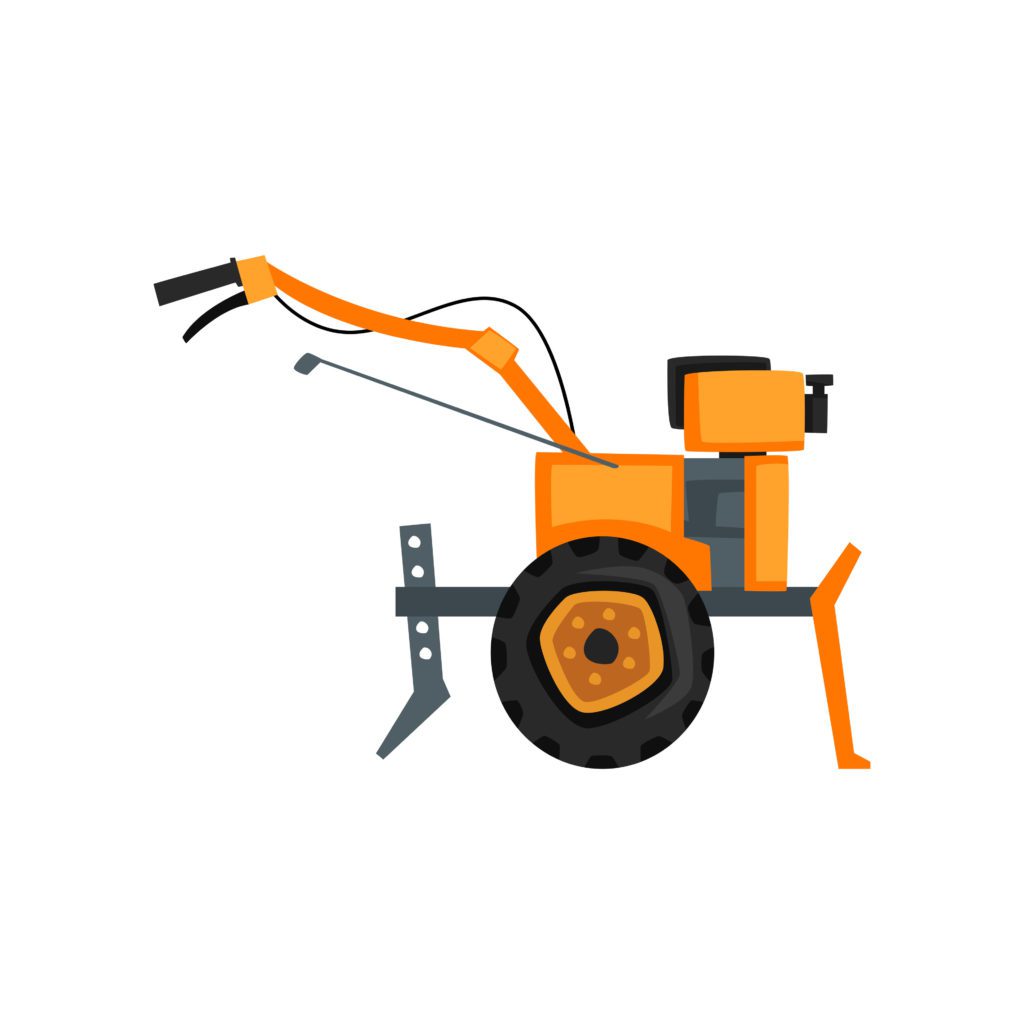5b. Lymphedema Case Study
This situation is meant to educate you on what to expect if you are at risk for lymphedema, and have developed worsening symptoms of swelling.
Scenario 1:
Suzie is a 48-year-old female who has been teaching 3rd grade for 20 years when she was diagnosed with right breast cancer in September 2012. Core biopsy indicated that it was invasive ductal carcinoma, estrogen positive, HER2 negative. A referral was made for Occupational Therapy to complete a Prehab Evaluation prior to her surgery date. During her first consult, the therapist explained what to expect following surgery and ways to position her arm to minimize tightness and swelling, and provided her with the first phase of exercises for her recovery. The therapist also explained what limitations Suzie will encounter post-surgery and provided recommendations for how to overcome them, such as readjusting frequently used items within reach for the first couple weeks to minimize overhead reaching and heavy lifting. The therapist explained the lymphatic system to Suzie—its basic functions and anatomy, why lymph nodes are assessed and what to watch for following her surgery. Suzie was given information from the National Lymphedema Network on how to reduce the risk of developing lymphedema through mindfulness and self-care. Her therapist told her that if lymph nodes are taken in her surgery, they will not grow back and she will have a lifelong risk of developing lymphedema. She was told to avoid lab draws and blood pressure readings on the affected side following her surgery.

Suzie underwent a lumpectomy and axillary lymph node dissection that examined 10 lymph nodes. Fortunately all of Suzie’s lymph nodes were negative. However, due to positive margins along the breast tissue, Suzie returned for re-excision to clear those margins. The doctors felt that there was no residual invasive or in situ malignancy and Suzie did not need to pursue chemotherapy. Two weeks after her re-excisional surgery, she returned for re-evaluation in Occupational Therapy. Suzie had been compliant with positioning her arm at rest as recommended, performing Phase I exercises twice daily, and arrived with little complaints of pain. At that time, measurements of the right arm had remained mostly stable and she had no symptoms of swelling. However, since she had had the axillary lymph node dissection, she was fitted for a compression sleeve to use during any increased activity and/or air travel. She was also provided with the Phase II exercises which progressed her range of motion to overhead reaching.
Patient tolerated radiation therapy, and within 3 months of completing the radiation, she felt that she had returned to baseline. She was seen for recheck with Occupational Therapy and range of motion had been restored with only reports of mild stretch within the axilla at end range. She was compliant with Phase III exercises and had worked her resistance up to 5 lbs. Patient was instructed to continue with both strengthening and stretches for the next year following her breast surgery.
Suzie followed her daily stretches, and progressed well during the next four weeks. She added in daily walks and was walking one mile each day. At 6 weeks post-op, she was ready to begin some light strengthening and progressed to Phase III exercises. At this time, she was also cleared to begin radiation therapy over the surgical site. Within 3 months of completing the radiation, she felt that she had returned to baseline. She was seen for recheck with Occupational Therapy and her range of motion had been restored with only reports of a mild stretch within the axilla at end range. She followed Phase III exercises and had worked her resistance up to 5 lbs. She was instructed to continue with both strengthening and stretches for the next year following her breast surgery.

The summer months arrived and Suzie returned to completing yard work and gardening. She had forgotten about her compression sleeve and tilled her garden with a hand tiller. That evening, her right arm began to ache and she took a Tylenol. The next morning she felt feeling slightly better, but noted that her arm still felt heavy. She assumed it was likely tired from running the tiller. Rain was forecasted and she wanted to get her garden planted before it arrived so she spent the entire day in the garden planting. By the end of the day, she was sunburned and uncomfortable, and noted that her hand was slightly swollen. The next day, it seemed that she was now also swollen in her wrist, and it was then that she remembered her risk for lymphedema and reached out to her provider.
She returned that week for occupational therapy. OT reassured patient that lymphedema in the beginning stages can still be reversible, and that it is pertinent that we begin treating immediately. Measures were obtained, and the R arm showed a 6% increase from baseline measures.
She returned that week for occupational therapy. OT reassured Suzie that lymphedema in the beginning stages can still be reversible, and that it is incredibly important to begin treating immediately. Measures were obtained, and Suzie’s right arm showed a 6% increase from baseline measures. She was educated on manual lymph drainage techniques and diaphragmatic breathing that she could do to help stimulate the other areas of the lymphatic system in order to get the fluid to move out of the arm more effectively. OT also initiated short-stretch bandaging compression wraps which are very effective in reducing arm size. She was also instructed on exercises to complete while in compression wraps, as well as elevating the arm intermittently when resting. She was seen twice a week for four weeks, and her arm began to return to baseline measures. OT educated Suzie on utilizing the compression sleeve during those activities that require a lot of arm motion and strength as this can prevent the lymphatic system from getting overloaded, and thus minimize swelling. Suzie was amazed at how the compression and manual lymph drainage helped to reduce her arm, and felt empowered to continue with self-management. She kept her compression sleeve handy, and would put it on prior to activities that required a lot of arm movement.
By the time she returned to teaching in August, her right arm measures had returned to baseline and she was only needing to wear the compression sleeve during activities. She had adapted her daily routine to include diaphragmatic breathing, manual lymph drainage, exercises, and stretch otherwise.
*Names have been changed for to protect patient’s privacy.